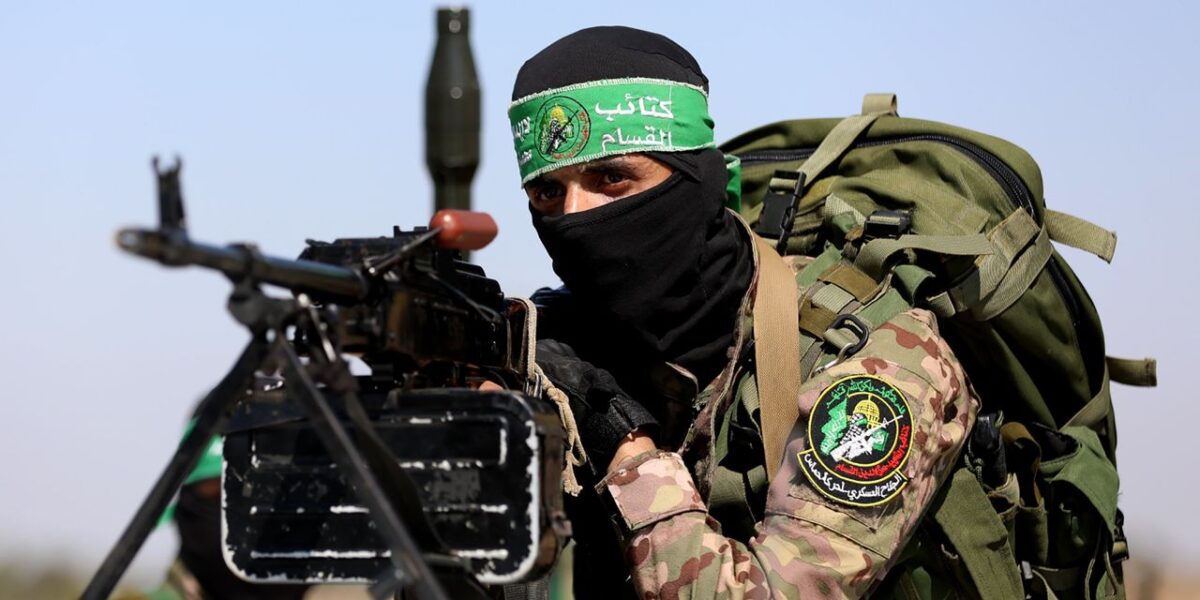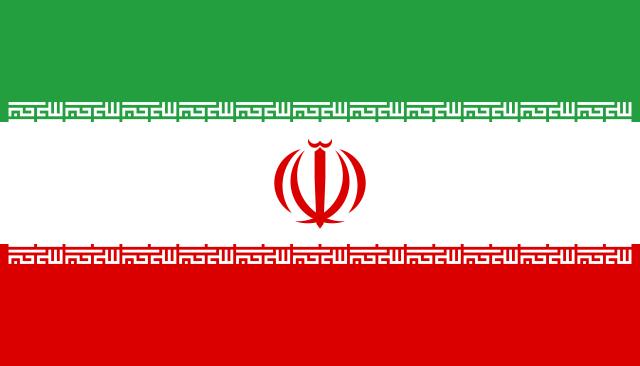Table of Contents
Introduction
According to the Iranian Ministry of Intelligence, the 25th verse of the Ahzab describes the situation in war-torn West Asia, mentioning the Al-Aqsa operation in particular. Hamas commander Mohammed Deif declared it ‘to end the last occupation on earth’. Recent years have seen several diplomatic victories in West Asia, such as the Abraham Accords, the US-Iran prisoner exchange, and the peace between Saudi Arabia and Iran.
There is hope for a more stable and peaceful area as a result of these developments. However, these advancements have been hindered by the Israeli-Hamas conflict.
Beyond the interests of the two parties involved, the conflict between Israel and Hamas serves as a platform for other international actors to use the unrest to further their own objectives. This conflict offers a chance for regional powers like Iran to reclaim global significance and pursue their strategic interests.
Since the 1979 Iranian revolution, Tehran has played a significant role in the major West Asian conflicts. Its “Axis of Resistance,” which consists of Iraq, Syria’s militias, Hezbollah, and the Houthis (officially known as Ansrallah) in Yemen, is evident in Lebanon.
Several news outlets revealed that Hamas agents received training at Iranian bases in September 2023, prior to the attack on Israel on October 7, 2023.
Although it is difficult to confirm, the claims are noteworthy. Since then, both its allies’ and rivals’ actions, as well as the developments in Gaza, have contributed to the growth of Iranian policies.
The Gaza War Through The Lens Of Iran
Iran is driven by both pragmatism and philosophy in its Middle East policies and goals. For many years, Israel and Iran have been engaged in a covert conflict. Furthermore, since 2010, Iran has accused Israel of causing regional instability and of being responsible for the murders of several Iranian nuclear scientists.
Iran’s long-term strategy to undermine Israel militarily, politically, and psychologically over the next few years, if not decades, is known as its anti-Israel agenda.
The basic tenet of Iran’s military doctrine of “forward defence” and its investments in the Axis of Resistance is that the country would be better served fighting its enemies through pro-Iranian terrorist proxies outside of its borders than on its territory.
Not only does Iran seem reluctant to join the conflict, but it also doesn’t want to endanger the future of its most potent Arab ally, Hezbollah. But if Iran had to choose, it would allow Hamas to go extinct in order to protect Hezbollah and serve as a tactical bulwark against Israel and the United States. Yemen, Syria, and Iraq are potential targets for its proxy allies to aim at Israel and, by extension, the US. This shouldn’t come as a surprise.

Its current backing of Hamas demonstrates its capacity for retaliation in spite of US fear. Tehran claims that the only foundations for this support are Islamic and humanitarian ones. Iran has demonstrated political ambiguity by repeatedly denying any direct involvement in the war, despite its unwillingness to take part in border conflicts. It doesn’t seem likely that it would want to jeopardise its political future in order to support Hamas in a bigger conflict involving the US.
Iranian sources claim that the US has warned Iran not to overestimate on two fronts because doing so might lead to US military intervention. First, Tehran ought to refrain from giving Hamas direct military support during this battle. Furthermore, Tehran shouldn’t use the conflict as a pretext to advance its nuclear programme.
Iran’s strategy, in contrast, aims to prevent a direct US war against Iran while first escalating the conflict to a point where it hinders Israeli and US estimates. Secondly, to warn the US of the risks of the war escalating and to motivate Washington to put pressure on Israel to put an end to the hostilities in Gaza. This policy has worked up until now, but mistakes could lead to the very result Iran wants to avoid, like the accidental death of US military personnel.
After October 7th, Iran tried not to get involved for three months. Nonetheless, Israel’s calculated action to lessen regional threats by having an IRGC high-ranking commander executed
Iran’s ability to deter has been weakened by the actions of Razi Mousavi in Syria, Saleh Arouri of Hamas, Wissam al-Tawil of Hezbollah, and attacks on the intelligence sector of the IRGC Quds force in Damascus. The Islamic State (IS) also carried out a terrorist attack in Kerman. Tension has also arisen between Iran and Pakistan, a vital trading partner. Pakistan and Iran agreed to a quick de-escalation despite initial concerns.
The political leaders on both sides agreed that escalating the conflict would be dangerous and resolved to hold talks by the end of February to resolve differences. The best course of action would be for the two sides to drive the rebels out of their respective regions. It’s unclear right now whether they will do so.
Through the Gaza conflict, Iran has gained some advantage in that it has temporarily stopped talks about mending ties with Saudi Arabia, which would further isolate Iran in the region. Although Riyadh, which has been at war with the Houthis since 2015, normalised relations with Iran this past year through an agreement arranged by China, Tehran is using the Gaza war to further its objectives. which was a disastrous change in military approach.
Tehran does not want a spillover, even as Iran’s leadership publicly applauds Israel’s alleged “loss” and views it as the beginning of its planned new global order.
The Women’s Life Freedom Movement of the previous year shook the regime domestically, and its financial sector is particularly weak. Shortly after Israel went to war, the value of the Rial declined compared to the US dollar.
Even though Iran has been recognised as a global outcast, something it blames the US and the UK for, Iran continues to be involved in regional affairs in West Asia. Iran’s continued involvement in the Israel-Hamas conflict will bolster calls for ending Western influence throughout the West Asian region.
Way Forward
Tehran firmly believes in a “new world order,” in which middle powers like Iran become more prominent worldwide and non-Western great powers like China and Russia lead a multipolar world. In this regard, Tehran has consistently extended its sphere of influence into the Mediterranean, East Africa, and the Red Sea in addition to its border region. Encouraging Hamas to fight Israel has therefore been only one facet of Tehran’s attempts to assert power in its imagined “new world order.”
It will be interesting to see how Iran takes advantage of this chance to further its goals as a nation, which include advancing its nuclear programme and easing long-standing economic sanctions. Moreover, their cyber capabilities have rapidly grown and improved, giving them the ability to interfere in the digital realm while concealing their actions.
By reshaping U.S.-Iran relations, this conflict has the potential to change the dynamics of hegemony.
If the United States fails to provide extraordinary solutions and promote stability in the region, it may create more room for Iran’s allies, like China and Russia, to become significant extra-regional powers in West Asia.
In an effort to support Russian aggression in Ukraine, Iran has recently sent weapons and militants to Belarus, expanding its operations and bolstering a confrontation across Europe. The hegemonic status of the United States may be challenged by such developments, which could spark calls for a new international order.
A dire security situation along vital waterways like the Red Sea and the Indo-Pacific is becoming perceived by Indians as a strategic threat to their country.
Delhi’s concerns are emphasised by EAM S. Jaishankar’s recent visit to Tehran. A concerning trend of well-armed militia-run extremist states within their sphere of strategic influence, interest, and security is highlighted by the recent victories of non-state militant actors, like the Taliban in Afghanistan and the Houthis in Yemen. Due to its position as a maritime net security provider, India now faces more security challenges.



